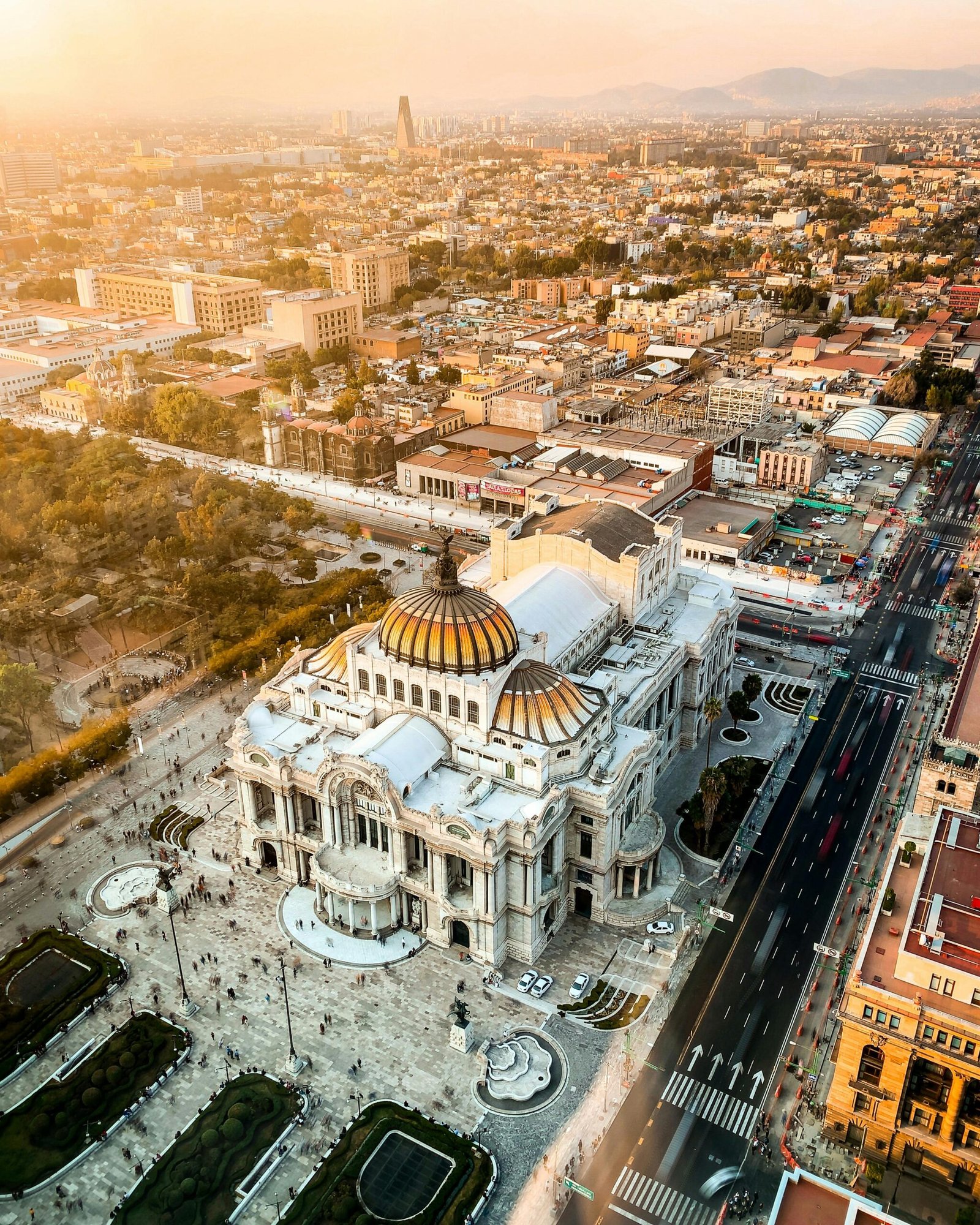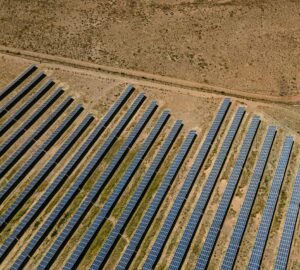How did we get here?
I reside in Mexico City, and many people frequently inquire about the ongoing water issues. Why are newspapers discussing the Day Zero for water availability in Mexico City? If you seek a well-researched yet concise explanation, here it is:
Mexico City was constructed atop fertile land that originally comprised lakes, canals, and dikes. When the Spanish arrived, they drained these water bodies and built roads, churches, and squares instead. Consequently, the city now rests on porous, volcanic soil that is both highly absorptive and unstable. To comprehend the current water crisis in Mexico, consider the following points:
- Rapid Urbanization: High fertility rates and rural-urban migration led to significant growth in Mexico City and its metropolitan area from the 1950s through the 1990s. This growth has since slowed, but the Metropolitan Area of Mexico City now houses over 20 million people. Public infrastructure could not keep pace with the demand for housing and essential public services, such as sewage and water pipeline systems. This has resulted in informal settlements, particularly in the south, where the Conservation Zone Area and city aquifers are located. Two-thirds of the city’s water is extracted from these aquifers, while the remaining one-third is sourced from the Cutzamala basin system, located 50-70 km away.
- Uneven Development: Similar to many Latin American cities, Mexico City’s development has been uneven. In boroughs like Iztapalapa, daily water availability can be as low as 10 liters per person, while wealthier neighborhoods in the Miguel Hidalgo Borough have virtually unlimited access to tap water. Additionally, there is a significant imbalance between water availability, population density, and production needs: 77% of people live in areas producing 87% of the country’s GDP, but only 31% of the water is available in these regions.
- Infrastructure Aging and Costs: The government struggles to supply water to informal settlements, where water pipe construction is more costly due to the hard volcanic rocks and steep hillsides. Many existing pipes are old, corroded, and leaky, resulting in up to 45% of potable water being lost. There is also ongoing debate about whether developing formal water and sewage infrastructure would further encourage informal urban settlements.
- Governance and Pricing: Public water systems are heavily subsidized, costing just 2.38 pesos/m³, whereas in other Mexican cities like Tijuana and Aguascalientes, the cost is around 15 pesos/m³. If true costs were considered, residents should pay approximately 20 pesos/m³. This underpricing leads to water misuse and a lack of awareness regarding the real cost of delivering such a scarce resource.
To conclude, I concur that Mexico City faces a water crisis, not due to the unavailability of water, but because of its management and institutionalization. In the southern part of the city, where most aquifers are located, extraction rates surpass recharge rates. This is partly due to the extensive coverage of surface areas with asphalt and concrete, which hinders rainfall from infiltrating the underground aquifer system. Government entities, such as the organization dedicated to protecting the Conservation Zone, could improve cooperation with the water management agency to address water-use impacts. Currently, these agencies lack coordinated accountability and a shared vision.
The existing infrastructure requires maintenance and repair to prevent water loss, which incurs significant costs. An estimated 45% of registered users do not pay for their water use, compounded by issues of water theft and unauthorized connections in informal settlements. Addressing these challenges is critical. Below are some basic recommendations to improve the long-term situation:
- Reconfigure the urban landscape in the Conservation Zone to facilitate water infiltration into aquifers, enhancing recharge rates without contamination.
- Implement a tiered tariff system that promotes water conservation and penalizes excessive usage.
- Educate the population about the costs associated with repairing water infrastructure and launch campaigns for funding and civilian involvement.
- Install rainwater capture systems in vulnerable areas to diversify and decentralize water supply sources, particularly during the rainy season.
- Strengthen governance within water and soil conservation institutions to reward integrity and fairness among government officials, thereby reducing corruption and the exploitation by informal water providers in neglected areas where water is critically needed.
Bibliography
- Gutierrez, J. (2019, November). Water Scarcity and Supply Challenges in Mexico City’s Informal Settlements. Penn Institute for Urban Research. Retrieved from https://penniur.upenn.edu/uploads/media/02_Gutierrez.pdf.







